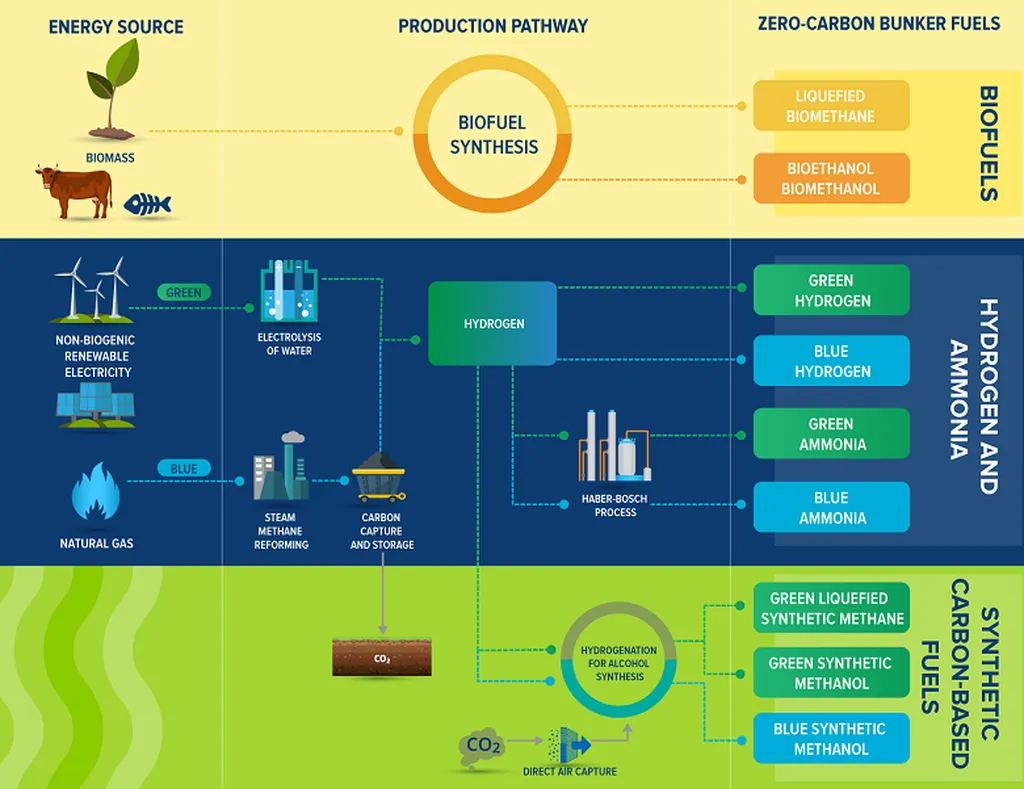In the race to decarbonize global industries, the maritime sector is making waves with significant strides toward reducing its carbon footprint. A recent study published in *Energy and Environmental Protection* by Zhengang Zhou of the State Key Laboratory of Clean Energy Utilization at Zhejiang University sheds light on the latest advancements in ship carbon emission reduction technologies and policies, offering a roadmap for the industry’s transition to zero-carbon operations.
The International Maritime Organization (IMO) has set ambitious targets, including a 40% reduction in carbon intensity by 2030 compared to 2008 levels, as part of its long-term decarbonization goals. To meet these targets, the industry is turning to a mix of regulatory frameworks, energy-efficient technologies, and low-carbon fuels. “The combination of regulatory mandates and technological innovations is driving the maritime sector toward a sustainable future,” says Zhou.
One of the key areas of focus is retrofitting existing fleets with energy-efficient propulsion systems. Technologies such as waste-heat recovery and hull optimization designs are proving to be game-changers, reducing fuel consumption by 15% to 20%. These retrofits not only cut emissions but also offer significant cost savings for ship operators, making them an attractive investment.
The adoption of low-carbon fuels like liquefied natural gas (LNG) and green methanol is accelerating, with dual-fuel engines becoming increasingly common. These engines can switch between different fuels, providing flexibility and reducing reliance on high-carbon options. “Fuel flexibility is crucial for the industry’s transition,” explains Zhou. “It allows ship operators to adapt to changing regulations and fuel availability.”
Innovations in carbon capture technologies are also making headlines. Closed-loop carbon management systems, which can achieve up to 80% onboard carbon capture, are being piloted and integrated with renewable energy sources. These systems are part of a broader trend toward hybrid solutions that combine low-emission fossil fuels, renewable energy systems, and carbon capture infrastructure.
The study highlights the importance of sustainable decarbonization strategies that integrate energy-efficient retrofits, fuel transition roadmaps, and carbon capture solutions. For example, digital twin modeling for hull design enables real-time vessel performance optimization, reducing drag by up to 10% in simulated environments. Ammonia-fueled engines offer another promising zero-carbon propulsion option for deep-sea vessels, although challenges related to fuel storage and safety protocols still need to be addressed.
Looking ahead, the maritime industry is poised for further advancements in renewable energy integration, such as wind-assisted propulsion. Resilient supply chains for alternative fuels and standardized carbon accounting frameworks will be crucial in guiding the shipbuilding industry toward achieving the IMO’s 2050 net-zero targets. The EU’s inclusion of maritime emissions in its carbon market from 2024 is expected to incentivize investment in green fuel production and carbon capture infrastructure, further accelerating the transition to a low-carbon future.
As the industry continues to evolve, the synergy between regulatory mandates and technological breakthroughs will be key to achieving global decarbonization goals. The research by Zhou and his team underscores the importance of a unified approach that combines energy efficiency, fuel flexibility, and carbon management to pave the way for a sustainable maritime sector.

